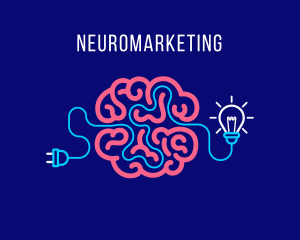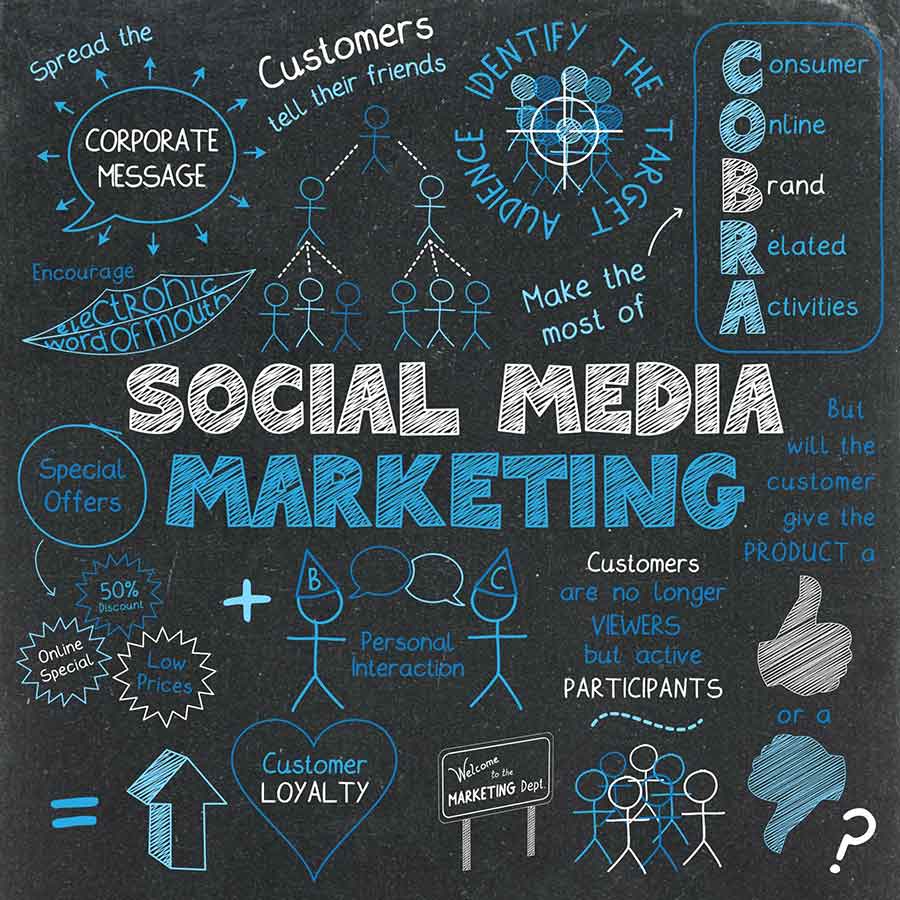How to Organize your Content Calendar
The fourth of July was last week. Did your company run a successful holiday campaign? Or were you scrambling to get something together for the major holiday? If you were the latter, this article is for you. We have developed this guide to assist you in your goal to succeed in your business.
At FrescoData, we believe that planning ahead is the most important part of successful marketing. This way, you will know in advance what you need to work on and be able to achieve your goals without rushing at the last minute. This also allows you to define your goals and put together ideas and campaigns that align with those goals. This way you can reach your marketing milestones with ease since you are fully prepared.

Here are three key steps for a successful marketing strategy:
-
Create SMART goals
The first thing you should do is create a list of SMART marketing goals for a measurable amount of time—this can be a month, a quarter, a year, whatever works for your business. The goals you create need to be specific and measurable within a certain amount of time. This way, you can develop marketing strategies for yourself or your employees that help meet these goals.
SMART is an acronym for:
Specific: What is specific about the goal?
Measurable: Is the goal measurable?
Achievable: Is the goal achievable?
Realistic: With your current resources—time and money—is it possible to achieve your goal?
Time-Bound: IS the goal time-bound?
Creating strategic goals demands better performance from yourself or employees; furthermore, creating high goals generates greater effort as well.
Example SMART goals:
- Grow our mailing list by 25% by October 2018
- Gain 5000 new Facebook followers by end of the second quarter
- Increase link clicks on social media posts by 15% in 2018
Having these goals in place will make the next step much easier since you will know what you are working toward in specific campaigns.
-
Identify your audience
Do you know your audience? Are there different segments of people viewing your marketing material? Understanding your audience and how they interact with your brand is critical for successful marketing.
Before planning marketing strategies these audience segments need to be determined so they can be taken into account during the campaign creation process. Use analytics from your website and social media to help create audience personas. This way, you can target these personas in your marketing campaigns segment your email campaigns to achieve the success you are looking for. Segmenting your email lists can help increase open rates by as much as 19% if done correctly.
-
Plan ahead for major holidays
After defining your goals and audience, the next step is to plan out your marketing content. This can be most effectively achieved through a content calendar. Content calendars are great because they help you see what’s coming throughout the year. Nothing sneaks up on you, and you can coordinate organic campaigns with more targeted ones as well.
Preparing a marketing calendar also gives your time to ensure that your whole team knows what’s going on. If you sell a product, you are able to make sure you have enough of it in stock when sending out a major campaign. You can also time social media and email efforts with product releases. If you sell a service, you are able to make sure your sales team is prepared for an influx of traffic during a campaign. Having a content calendar will streamline all the different aspects of your business.
You can build awareness for your brand and attract additional coverage by capitalizing on major holidays and events. Creating promotions and content during that time can result in higher engagement and conversion rates for your business. This type of marketing works because people are already focused and interested in the event, making it much easier to be seen by more people during that time.
The key to a successful holiday or event marketing is for it to be relatable. Marketers should internalize the event they are planning for—i.e. Christmas— and create content that is interesting, useful and entertaining, but also relevant to their niche. This will help the marketing resonate with your audience.
These are the biggest shopping days throughout the year for most industries are:
- New Years Eve
- Valentine’s Daya
- Mother’s Day
- Father’s Day
- Memorial Day
- 4th of July
- Back to school sales (July/August)
- Labor Day
- Halloween
- Black Friday
- Cyber Monday
- December 12-December 24th (preparing for Christmas and Hanukkah)
-
Find obscure holidays to observe as well

No matter what product or service your business sells, there are a lot of relevant quirky holidays that you can market around. Sometimes, you’ll find unexpected holidays like World Password Day on May 4. Who knew there was a day dedicated to raising awareness for the critical need for good passwords?
Finding random, yet relevant, holidays for your business can help boost your marketing efforts. You can gain a lot of traction online by appealing to audiences that are interested in these niche holidays.
One good example of obscure holiday marketing success comes from Budweiser on National Drink Beer Day. Budweiser produced a cheap and straightforward marketing campaign. They commissioned a 2000 person measuring how popular beer is as a social drink. They did this according to state and played on regional rivalries as well as Budweiser’s “Made in America” appeal. Their campaign was extremely successful. By leveraging a random holiday, National Beer Drinking Day, they received Super Bowl ad sized media exposure for a really low cost. This is the type of success your company can achieve as well if you leverage the right holidays in the right way.







